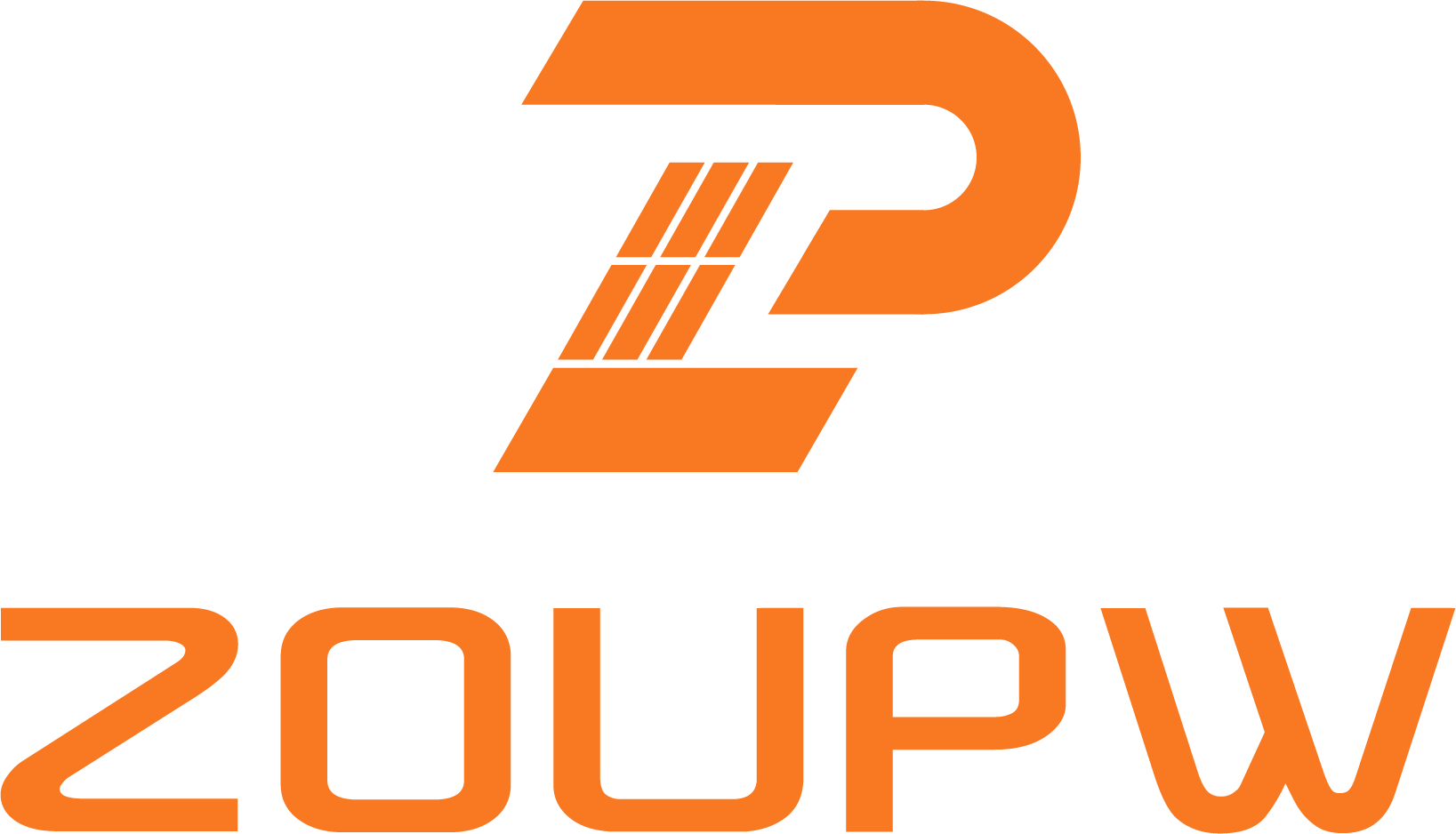Solar Panel And Power Station Compatibility Guide
1. How Solar Panels Charge a Power Station 🔋
1. Direct Charging to Power Station (Quick Emergency Solution)
-
Principle: Most power stations come with a built-in MPPT controller, allowing direct DC input from solar panels for efficient charging.
-
Advantage: Plug-and-play, no external controller needed.
-
⚠️ Special Case: Some models (e.g., DJI power stations) do not have an MPPT controller and require an external one (e.g., Victron SmartSolar).
2. Charging a Battery via Controller (Long-Term Solution)
-
Principle: Solar panel → external controller → battery (lead-acid or lithium).
-
Advantage: Better stability and control, ideal for permanent setups.
📌 Key Difference:
-
Power Station = Integrated System → ready to use.
-
Battery + Controller = Modular System → more flexible, requires setup.

2. 3-Step Compatibility Checklist for Solar Panels & Power Stations 🛠️
Step 1: Interface Compatibility 🔌
-
Check the input port of the power station (e.g., DC8020, XT60, DC7909).
-
Some stations provide dedicated solar input cables to avoid mismatch.
Step 2: Open-Circuit Voltage (Voc) Verification ⚡
-
Ensure the solar panel Voc falls within the input voltage range (e.g., 15–50V).
-
Over-voltage: no charging or risk of damage.
-
Under-voltage: charging cannot start.
Step 3: Peak Current (Imp) Verification 🔋
-
Solar panel Imp should ≤ the max input current of the power station.
-
If higher, overcurrent protection activates → safe, but extra current wasted.
Advanced: Power Redundancy Check ⚙️
-
Total solar panel wattage ≤ max solar input power of the station.
3. Solar Panel & Battery Compatibility: 3 Golden Rules 📏
-
Battery Type Match
-
12V battery with 12V controller, 24V with 24V controller.
-
❌ Common mistake: 24V battery connected to 12V controller → no charging.
-
Controller Mode & Battery Match
-
Correctly set controller mode for lead-acid / lithium batteries.
-
Charging voltage must match battery acceptance voltage.
-
Controller Parameter Match
-
Voltage: Solar panel Voc ≤ controller max input voltage.
-
Current: Solar panel Isc ≤ controller max input current.
4. Frequently Asked Questions (FAQ) ❓
Q1: Why isn’t my solar panel charging the power station?
A: Possible reasons:
-
Interface mismatch → need adapter;
-
Voc out of range → charging refused;
-
Voltage too low → cannot start charging.
Q2: What happens if solar panel voltage exceeds the power station’s limit?
A: Charging is refused; in worst cases, circuit damage may occur.
Q3: What if I connect a 24V battery to a 12V controller?
A: It won’t charge. Voltage levels must match.
5. Conclusion 🌍
Compatibility ensures safety; matching ensures efficiency.
-
For power stations → always check interface, voltage, and current to avoid risks.
-
For battery systems → follow controller + battery matching rules to prevent overcharge or undercharge.
✅ With the right setup, your solar panels will deliver maximum value—safe, efficient, and reliable off-grid power!
シェア
The Jackery 5000 Plus has a High PV input with input voltage range of 135V minimum to 450V maximum and input Current at 15A Max. Can I put four (4) of the 450W panel in series? The maximum voltage will be 153.2V and VoC is 183.6V. Is there are limitation on the 450W panel on how many can be connected in series?
